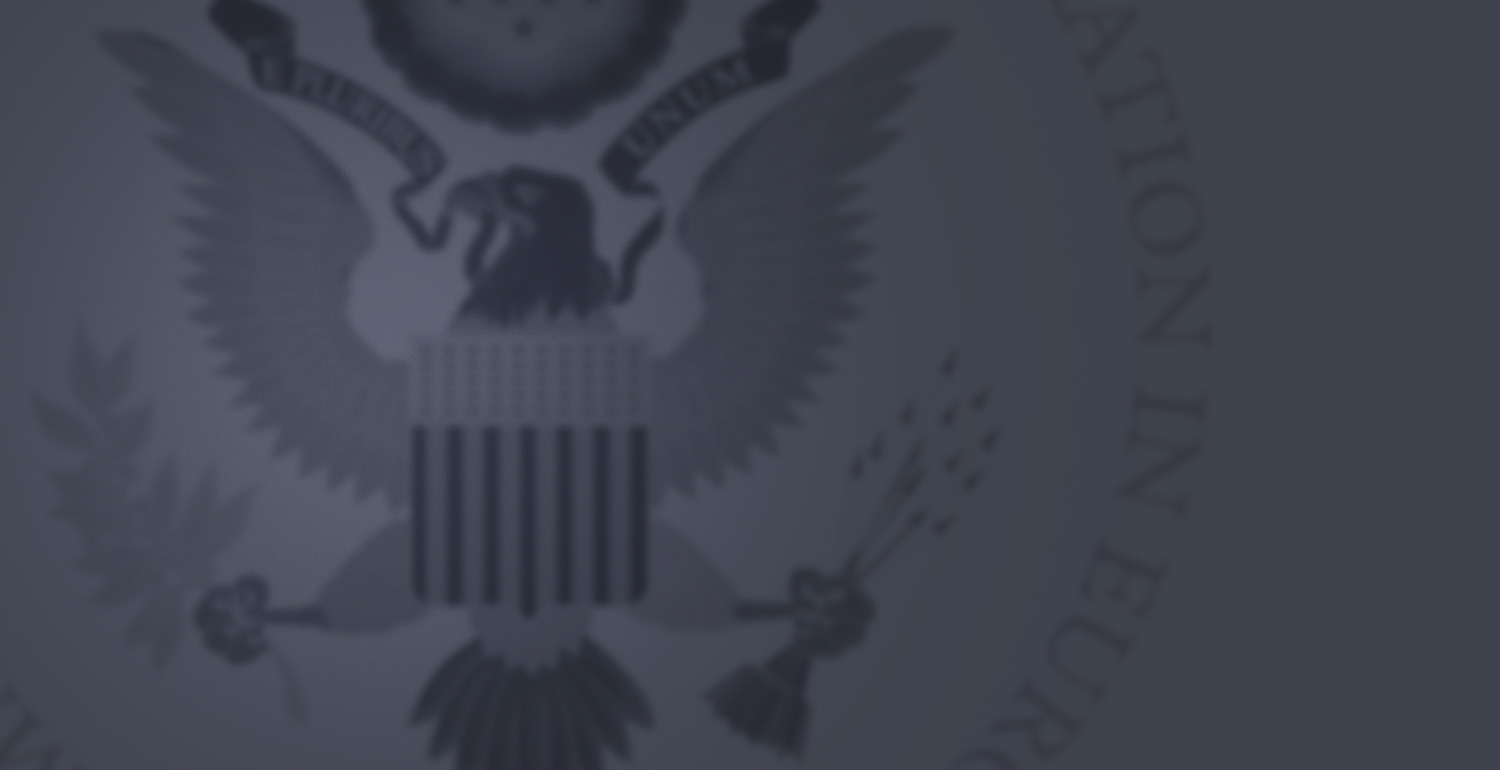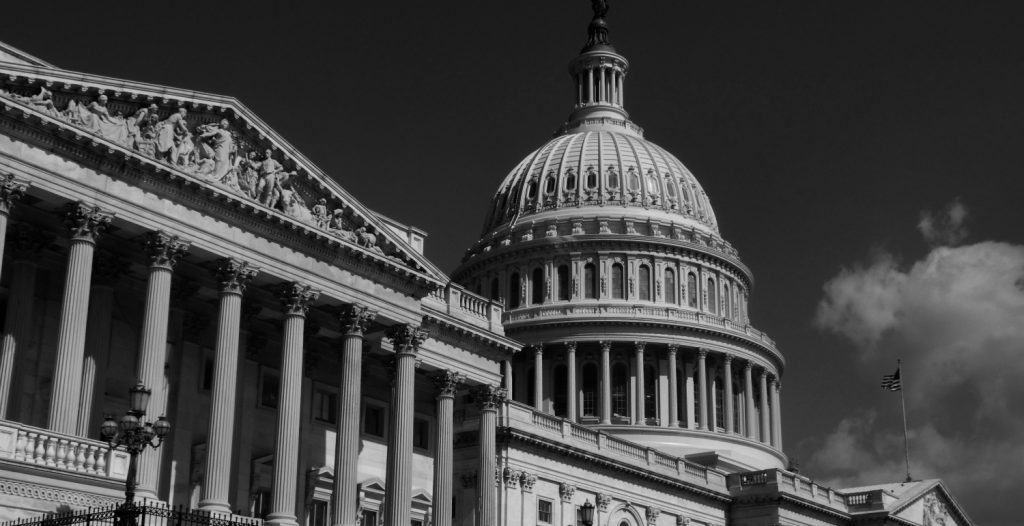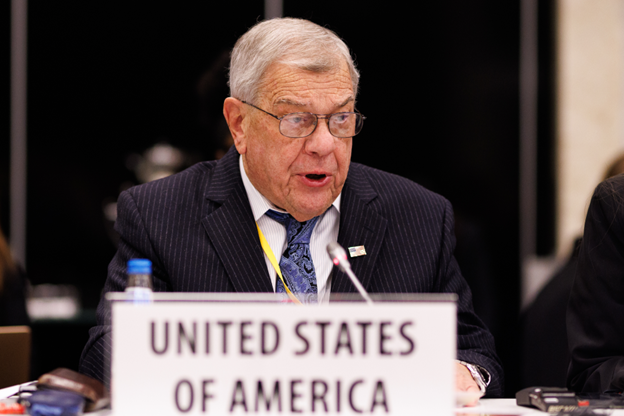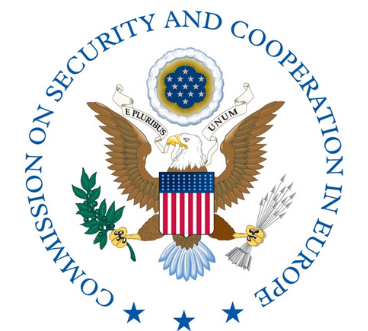On March 30, 1998, Armenians went to the polls to choose a president in a runoff between Robert KocharianArmenias Prime Minister, Acting President and former President of Nagorno-Karabakhand Karen Demirchian, former Communist Party leader of Armenia. The election followed first round voting on March 16, in which none of the 12 candidates managed to win the necessary 50 percent of the ballot. According to Armenias Central Election Commission, in the second round, Kocharian won 59.48 percent to Demirchians 40.52 percent, to become Armenias second president. Reported turnout was 68.14 percent.
After two flawed elections in 1995 and 1996, the March 1998 vote offered Armenia, under different leadership, an opportunity to redeem its image as a democratizing state. Most observers concurred that the campaign was better than in earlier elections: no candidate was excluded from the race, there were no serious impediments to campaigning, and the candidates received their allotted air time. But the preliminary statement of the OSCE/ ODIHR observation mission, issued after the first round, emphasized violations and warned that the recurrence of such problems during the second round might place the elections legitimacy in doubt. The Council of Europe and the CIS Parliamentary Assembly, however, gave the March 16 voting good grades and openly disputed the assessment of the OSCE/ODIHR. Armenian-American groups accused the OSCE/ODIHR of anti-Armenian bias, reflecting a purported tendency to pressure Armenia into accepting the OSCEs allegedly pro-Azerbaijani proposals on Nagorno-Karabakh.
Helsinki Commission monitoring of both rounds yielded a mixed picture. The most serious problem observed during first-round voting was disorganization in small polling stations swamped by large numbers of voters, and the vote count went well in a precinct where numerous violations took place in 1996. But the vote count observed during the second round featured blatant fraud: the ballot box was tampered with during the vote; extra ballots were present in the box in large and obvious packets; the vote count made no effort to distinguish valid from improper votes; the precinct committee was in direct contact with Kocharian headquarters throughout the count; and the precinct protocols were falsified to make the numbers add upin the direct view of the foreign observers. All the falsified votes were for Kocharian, who was openly supported by most members of the precinct committee. At least one fifth and maybe as many as half of the votes counted in this precinct were false. Subsequently, at the district election level, the box containing the ballots detachable coupons (a mechanism designed to prevent fraud) arrived over an hour late with the lid ripped open.
Based on these observations, and the accounts of many ODIHR observers at their debriefing, there is reason to harbor grave doubts about the reliability of the officially-reported results.





